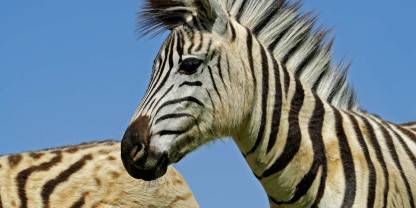Average Expert Rating
Rating Breakdown
Write a User ReviewNew Kid on the Block
Mokala is South Africa’s newest national park and it’s a stronghold and prime breeding ground for a wide variety of endangered herbivores. The newly created conservation area protects and actively propagates threatened wildlife species with the aim of building up stock so that the progeny can be used to repopulate other South African national parks and private game reserves. While Mokala may not boast many of the Big Five (only buffalo and rhino occur here), visitors to this unique park will get an incredible opportunity to view some of Southern Africa’s rarest wildlife species. I like that tsessebe sightings are all but guaranteed, roan and sable viewing is consistently good and with a little luck you might even bump into a rhino or two while on your safari. South Africa’s ‘reservoir of rarity’ awaits safari goers who have already seen the Big Five and are in search of Southern Africa’s more unusual animal species.
An isolated and peaceful dry-habitat park with good numbers of grazing and browsing animals
Located in the rather featureless and bleak interior of the Northern Cape, Mokala offers more than you would expect; the large open plains dotted with isolated dolerite hills comes as quite a surprise and are home to numerous grazing animals. Giraffe, zebra, red hartebeest, eland, gemsbok, wildebeest, buffalo and tsessebe are particularly common, both white and black rhino are found in fairly large family groups, and ostrich can be seen showing off elaborate courtship displays. It’s not unusual to spot some 20 different species on a two-day stay but there are no predators. Typical dry western habitat birds include the pygmy falcon, pale chanting goshawk, kori bustard, and Kalahari and Karoo robins. Budding astronomers will enjoy a visit on account of fantastically clear skies almost every night. Not worth a special effort to get to, but a reasonable overnight stop, and given that’s its fairly new, facilities are good.

